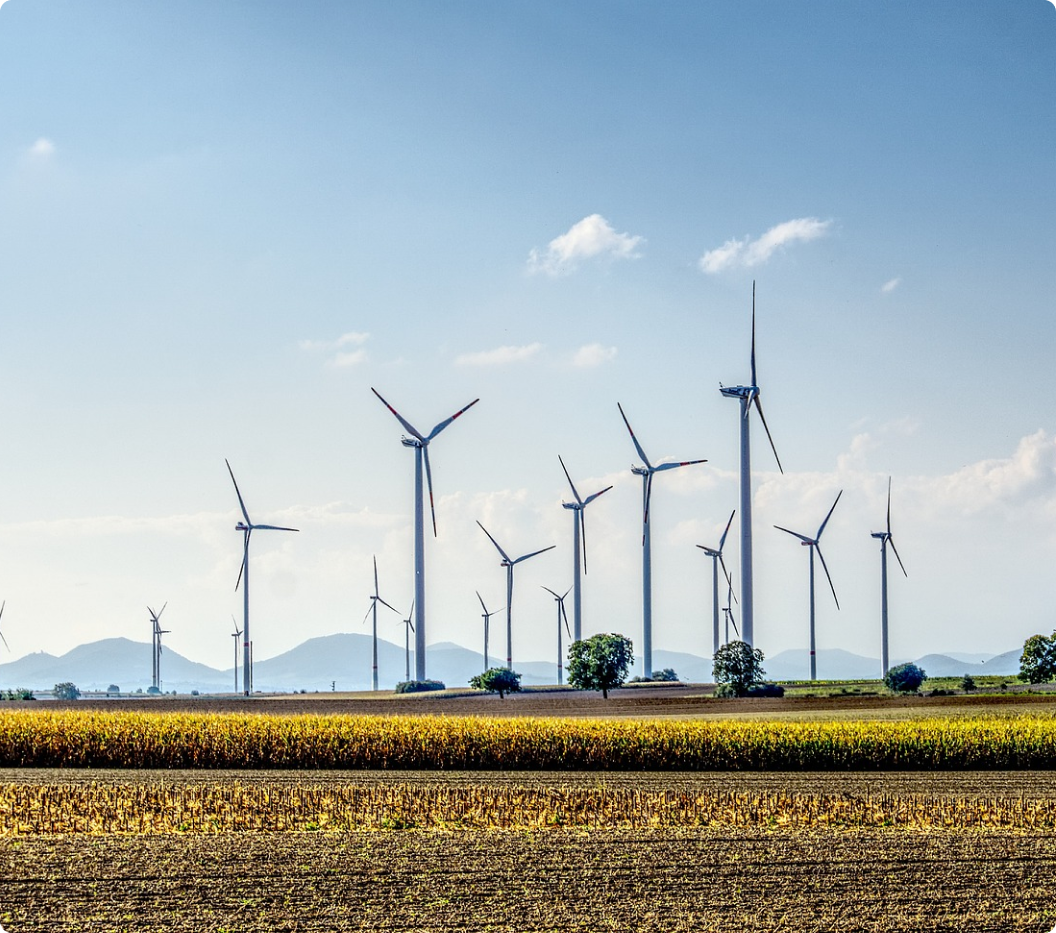
April 2023
How – and why – should we prepare for digital MRV?
With the integrity of carbon markets experiencing renewed criticism in 2023, SustainCERT’s carbon market expert Nadine Planzer explores the role and value of digital verification to project developers and organizations to deliver climate impact.
She shares recent key insights from discussions with experts on the industry opportunities and the challenges it needs to address to achieve its digital transformation.
There is an urgent need to switch from Monitoring, Reporting and Verification (MRV) to digital-MRV
Digital monitoring, reporting, and verification (DMRV) will bring impact verification for carbon markets into the digital age, transforming the verification process from one that is manual to one that is digital. It is one of the last industries yet to benefit from – and truly invest in – its digital transformation. Why though is it essential?
Currently, conventional methods to report and validate or verify emission reductions are antiquated, often relying on manual processes that can be costly, error-prone, and time-consuming. In addition, it is a timely process – too long to deliver the climate action the voluntary carbon market was created to deliver.
Tim Bauer, Chief Operating Officer at Envirofit International shared at the Latin America Climate Summit in October 2022:
"As a project developer and implementer investing in clean cooking programs globally, one of our core challenges is the cyclicality of the entire process. We typically see an 18-24 month cycle time from the point we initiate a project until we issue and deliver first credits to market, then a 12-16 month cycle on subsequent issuance and deliveries. These time gaps can be challenging on a number of levels and could be avoided with a digital-MRV system."
Tim Bauer, Chief Operating Officer, Envirofit International
Digital technologies will provide the opportunity to scale carbon markets with integrity. If leveraged correctly, it will considerably improve data quality and comparability, and increase efficiency and accuracy of verification activities. Through digitising the data gathering and verification process, it will lead to greater speed, accuracy, and frequency at which carbon credits can be verified and issued. This will lead to greater trust and integrity – and therefore further investment and scaling of the carbon markets.
Jonathan Shopley, Managing Director at Climate Impact Partners shared at the North America Climate Summit in September 2022:
"Digital verification takes the friction out of the carbon project cycle. It enables capital to reach projects much faster by reducing uncertainty. With currently long MRV verification periods, deviations from project objectives only come to light when you go through the verification process."
Jonathan Shopley, Managing Director, Climate Impact Partners
For project developers, a real benefit of D-MRV is that they can detect & address issues sooner. Near-real-time issuances of credits would enable earlier cash flows and reduce the financial risks for project proponents.
The challenges of switching to digital MRV
The industry realizes that there are challenges to overcome for widescale digital MRV adoption.
The current process to certify a carbon project removal is well known to be time-consuming, costly, and difficult; therefore, the issuance of a carbon credit takes considerable time. However, the main problem in the market comes down to the origination process. Originally, the quality standards of methodologies were not designed to be digital, and this is one of the reasons why switching from manual to digital processes is not an easy task.
With many new technology entrants into this market, collaboration is key both within the industry and with the standards providers to include new digital monitoring technologies in the methodologies. Leading global standards bodies Gold Standard and VERRA are already doing this through their established working groups on digitization and DMRV.
The readiness of data needs to be correct the first time that it goes into the system. If the first data point is wrong, then the whole blockchain will be bad so project developers need to figure this out. This may require investment in the projects in its technology and expertise to capture the data accurately in the first place.
What is clear is that the dialogue is key and every stakeholder has a role to play in advancing towards DMRV being fully adopted, where there is a consistent approach towards the way the data is collected and presented; and we see the Standards bodies, verifiers and research institutes collaborating to achieve this.
Many sector experts strongly agree on the need for digitalization and the opportunities it can bring to scale up the market by providing robust data collection and reducing certification times and costs while bringing trust to the market. With technologies becoming more cost-effective though, and as the verification industry undergoes its transformation, initial investments should see payback and it should become more cost-effective.
The role of the verifier will change
Third-party verification – thorough independent assessments of a project’s reported emission reductions or removals – is key to supplying of high-quality credits. All carbon standards committed to high environmental integrity, including Gold Standard and VERRA, require it.
In preparing to launch the world’s first verification platform in 2023, SustainCERT published in 2022 a whitepaper that identified blueprints and general principles for incorporating digital verification processes for GHG emission reductions or removals. Two promising blueprints for using digital approaches to verify carbon projects explored the changing roles of project participants and verifiers and identified general principles related to assessing data, compliance, and quantification. This included specific examples dependent on project type, such as grid-connected renewable electricity projects versus afforestation/reforestation (A/R) projects, where requirements vary greatly.
In 2022 at Innovate4Climate, VERRA stated they believe a verifier’s role could potentially change from verifying at a project level to a systems level. Gold Standard contributed there should be a transparent criteria framework against which digital verification platforms can be assessed, and a key focus on the governance of these platforms to create consistent quality standards in the digital verification process.
Verifiers, technology platforms, and Standards bodies must work together to align on the optimal science-based methodologies and standardized approach before digital MRV scales up.
Digital MRV – what happens next?
What we have learned from these discussions is that the market seems to be ready for DMRV, and many players in the market agree on the need to digitalize processes: “Any meter device should be digitalized, it is a no-brainer” as Sandeep Roy Choudhury, Director of VNV Advisory highlighted at Asia Climate Summit in December 2022.
"Any meter device should be digitalized, it is a no-brainer."
Sandeep Roy Choudhury, Director, VNV Advisory
Indeed, many projects in the carbon markets are ready for this, and project developers are actively advancing on Digital Monitoring, and Reporting – for example through developing electric cooking with IoT device-enabled electricity consumption monitoring.
In the recent ‘How to Net Zero’ podcast, SustainCERT Marion Verles explored with experts from Gold Standard and WWF that DMRV is key to addressing the fundamental issues with quality and integrity in the carbon markets.
Previously with carbon credits, aiming for quality often came at the expense of speed, and vice versa. However, if the data is collected automatically, the digital verifier can assess automatically and project developers don’t need to transfer the data. This reduces cost in the data collection process – and importantly, time and accuracy.

